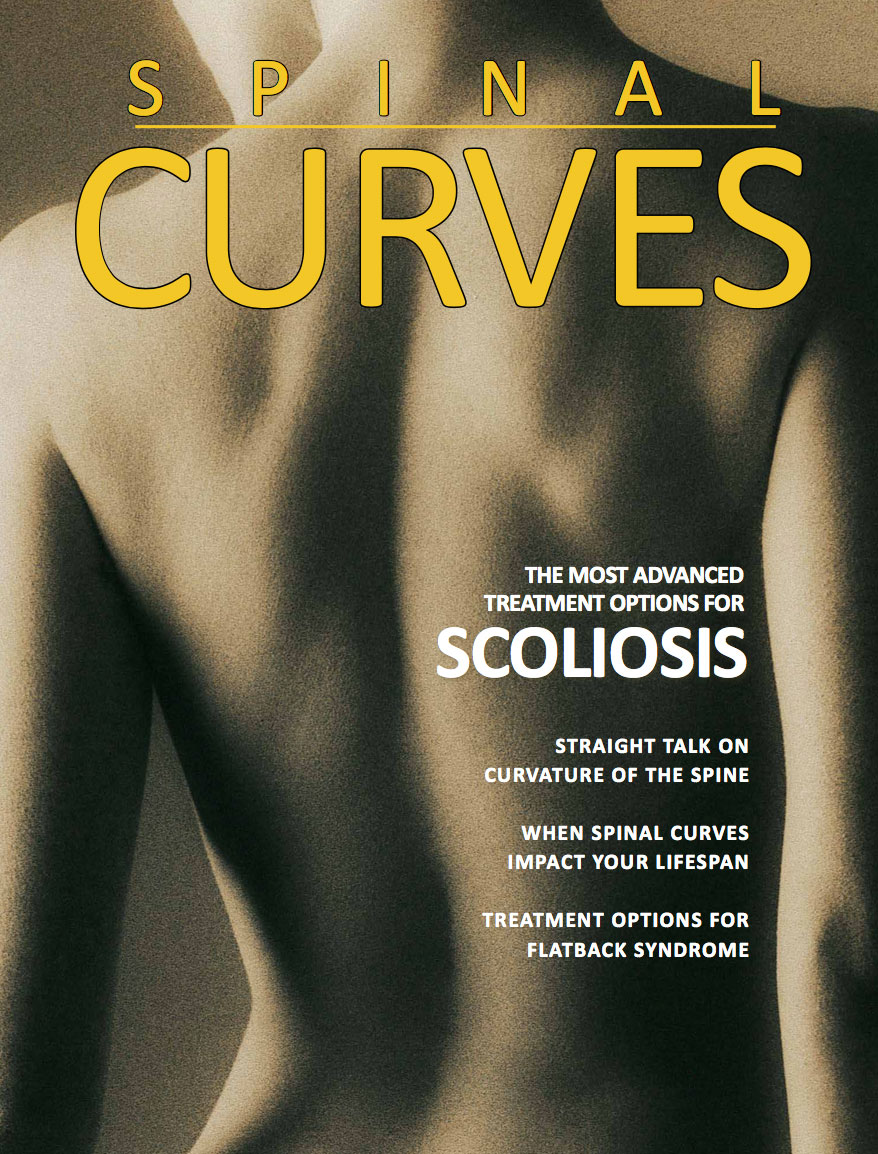Minimally Invasive Scoliosis Reconstruction
“In my opinion, the minimally invasive spine surgery movement has been a long time in coming to scoliosis reconstruction,” notes Dr. Geck. “That is because we need to achieve more complex goals than removing a small disc herniation or fusing one spinal segment. We need to realign and reconstruct the spine in a way that long term normal function is preserved or enhanced while minimizing trauma to the soft tissues of the spine.”
The procedure has been adopted at a few of the top scoliosis centers in the United States. These centers include the Philadelphia Shriner's, Miami Children's Hospital, and the Texas Spine & Scoliosis. Dr. Geck was the first surgeon in Texas to perform this procedure on both adolescents and young adults with idiopathic scoliosis.
Using a few small incisions instead of a single long one, and also using muscle sparing surgical approaches, many scoliosis curves can be reconstructed with comparable radiographic results to traditional open approaches.  When finished, there is more cosmetically appealing scar, less muscle dissection, less chance of tissue complications, and less pain. Advantages include shorter hospital stay, less pain, improved appearance, muscle sparing approach with faster return of function, and less chance of complications such as infection. One additional advantage is less blood loss.
When finished, there is more cosmetically appealing scar, less muscle dissection, less chance of tissue complications, and less pain. Advantages include shorter hospital stay, less pain, improved appearance, muscle sparing approach with faster return of function, and less chance of complications such as infection. One additional advantage is less blood loss.
“One real advantage of minimally invasive instrumentation, whether it is mini-open or percutaneous, is the minimal trauma to the muscles around the spine and faster recovery of function,” says Dr. Geck. “These techniques can be very versatile even for complex, severe curves, especially when combined with either mini-open osteotomy techniques or VATS release for severe curves, or with minimally invasive interbody techniques for older adult reconstruction.”








